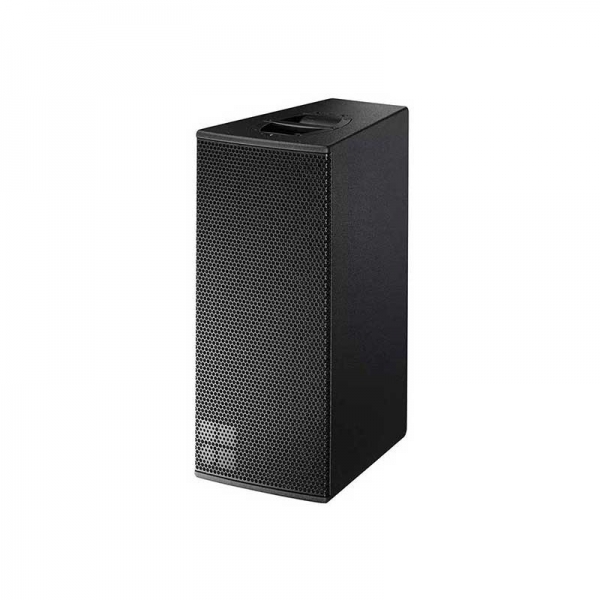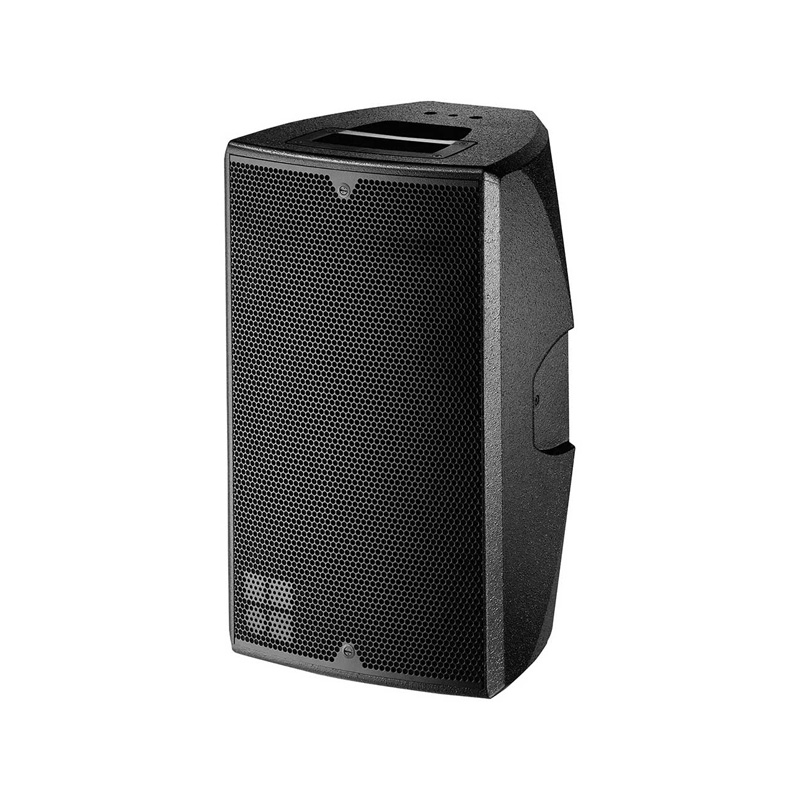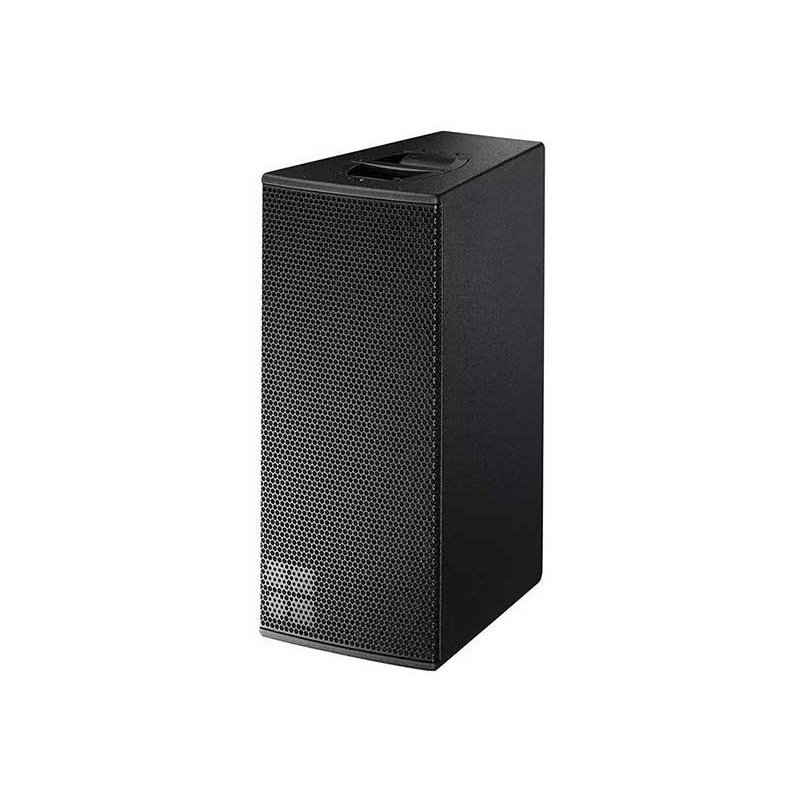How do my conventional loudspeakers work?
25 January 2023

|
Understanding how good pro conventional loudspeakers work is a lifelong journey. Have you ever been to a concert and thought about how the speakers work? How do they make all that sound? Speakers make a sound by moving in and out, they wiggle the air really really fast. Electricity flows into a part that is just a coil of wire wrapped around a bunch of times.
Then there is a magnet, and the magnet has a groove cut into the middle of it that a coil of wire can fit inside. What will that combination do is convert electricity into an actual motion. The way that sound works can be compared with the movement of water. If you think about being in a pool of water and you take your hand and move it back and forth, the water and the waves go out and spread. The water does mot actually move, its like an effect that travels outward across the surface. That is kind of how sound works. When powered with a battery, the speaker moves out and then it moves in. The change in the flow of electricity needs to be smoother so it creates a smooth wave. In and out movement is actually a frequency of the speaker. The frequency needs to be very high so the human ear could be able to hear the sound. However, a simple increase of frequency wont really be enough if the speaker isnt of a solid body, a box. In general, bigger things make lower sounds and smaller things make higher sounds. If you think about a lion vs a cat, you have a big roar versus a little meow. Its the same with speakers. Really big speakers, called conventional loudspeakers are used to make huge thunderous sounds at concerts and similar. |
 |
|
3 important points while choosing a conventional loudspeakers
Lets take a closer look into the characteristics of loudspeakers that are suitable for live-like sound reproduction. Imagine a situation where you are not able to see the source of the sound, but you can still hear it. You will surely be able to recognize whether the sound is coming from conventional loudspeakers or live. The reason behind that is hidden in power response,
which is radiation in all directions that is often different between a speaker and a live source. The power response of the majority of conventional loudspeakers drops 10dB to 20 dB from low to high frequencies. To obtain an outstanding performance from the loudspeaker system you own, there is a set of properties for loudspeaker design that must be followed to obtain an outstanding product. The key is to look at the drivers with a low-linear distortion, as they can move a sufficient amount of air linearly in all parts of the frequency range.
Furthermore, conventional loudspeakers should have a minimal excitation of room resonances. That is achieved with low-directional speakers like dipoles. Conventional loudspeakers should reproduce a smooth, extended frequency response from 20 Hz on up and without exaggerated high frequencies, both on-axis and off-axis. In others, it should have a minimal roll-off power response. |
 |
